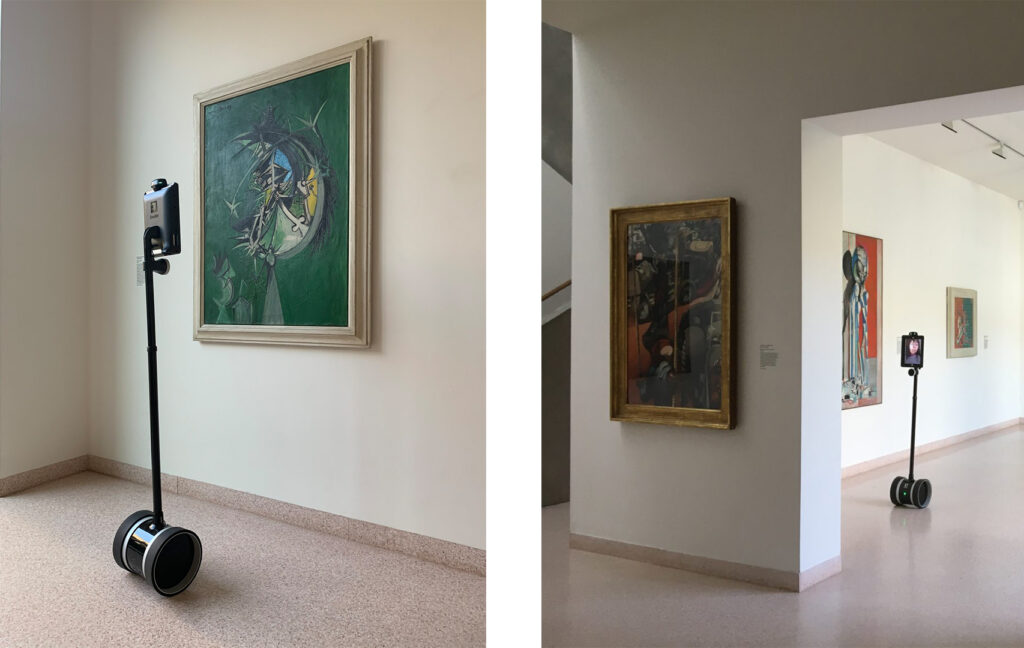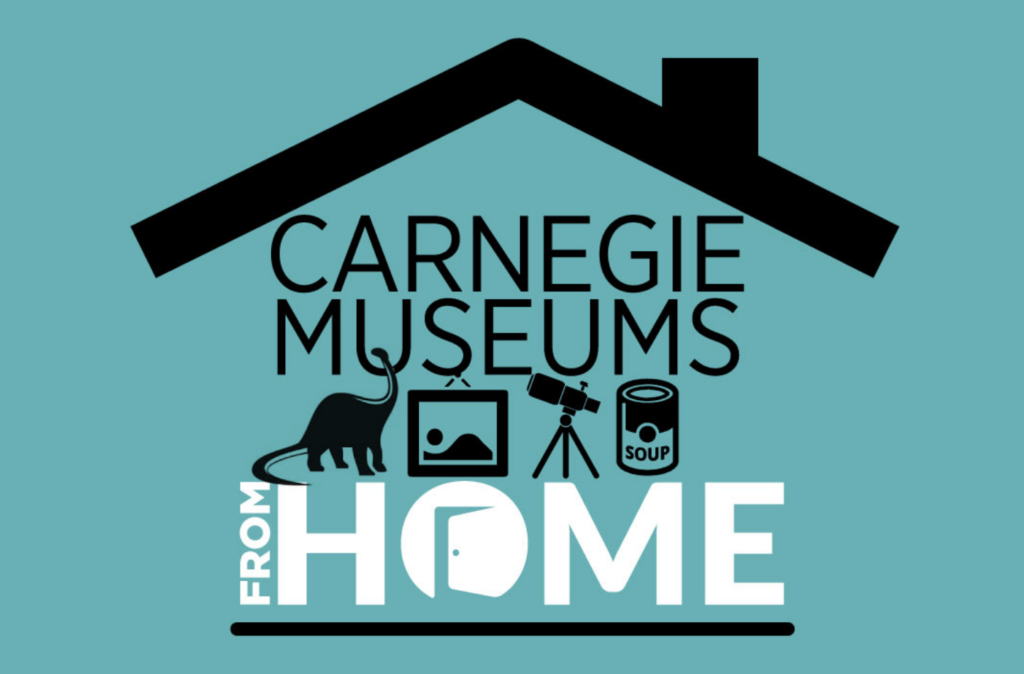Museums have suffered serious financial losses during the pandemic. A recent survey from the American Alliance of Museums (AAM) suggests that one-third of America’s museums may close for good. Can digital innovation and virtual programing help them to generate revenue and navigate through the crisis?
This article was written by Cuseum and originally appeared on American Alliance of Museums.
Ever since the COVID-19 pandemic forced museums of all kinds to close their doors, many have responded by shifting their attention to engaging audiences through virtual and remote channels. Through social media initiatives, virtual tours, live-streamed events, and an array of digital content, cultural organizations have made substantial efforts to expand their digital offerings throughout the period of lockdown.
Now, more than three months later, many organizations are not only facing the ongoing question of how to engage audiences; they are also facing a significant loss of revenue. Although many are beginning to open their doors to visitors once again, they are operating at reduced capacity and may be facing restrictions on physical events, summer camps, and other types of special gatherings. Organizations are also preparing for the possibility that a second wave of the coronavirus may push them towards temporary closures once again. Consequently, even as they reopen, many are recognizing the critical importance of digital content and engagement tools to not only to engage, educate, and inspire audiences, but also to serve as a new source of revenue.
As museums look to generate revenue through virtual initiatives, here are six ideas to consider:
Charge Admission for Special Online Events
One of the most straightforward ways to start generating revenue through digital channels is to charge a fee for digital events, just as you would for in-person events.
Across the globe, museums have had great success initiating completely new and creative programs, or adapting existing programs to virtual formats. For example, when the Mattatuck Museum shut down physically in March, it decided to present its April Murder Mystery event, a popular revenue-generating series for the past six years, as a #QuarantineEdition, charging a ten-dollar fee for members and a fifteen-dollar fee for non-members. Audiences proved incredibly receptive to this, and the virtual Murder Mystery ultimately had over 150 guests from about twenty-four states and two countries.
Other museums are putting a cutting-edge spin on the “virtual museum tour” to keep their audiences engaged while also driving online ticket sales: 🤖robot tours. European museums such as Hastings Contemporary and the Van Abbe Museum have both pioneered this new type of pay-per-view telepresence offering in recent months.

The telepresence robot provides a revolutionary solution for arts organizations such as Hastings Contemporary in overcoming barriers of isolation. Image: Will Barrett/Hastings Contemporary
That being said, you don’t need robots or an IT department at your disposal to generate revenue through digital. The National Czech & Slovak Museum & Library, for instance, launched virtual cooking classes, where attendees have the opportunity to learn traditional Slavic recipes. At twenty dollars for members and twenty-five dollars for non-members—with the option to purchase discounted bundles of merchandise from the museum store—these virtual classes regularly sell out. Carnegie Museums of Pittsburgh (as part of their Virtual Curated Travel Program) and the Cummer Museum have also spearheaded online cooking classes during this period of quarantine.
By investing some time and creativity into thinking about the unique value your museum can offer through virtual programs, you may very well find that people are willing to pay a fee to participate in virtual events. Museums don’t need to be large or have an abundance of staff or resources to succeed in monetizing digital, either. Both Mattatuck Museum and National Czech & Slovak Museum and Library are regional museums that were able to swiftly launch revenue-generating online programs with a little bit of vision, agility, and creative thinking.
Introduce a Virtual Membership Level (Or Virtual Membership Benefits)
Another strategy to generate revenue through virtual content has been to create a new membership level with a primary focus on virtual benefits.
The National Steinbeck Center, for example, now offers a virtual membership level, which provides an interactive, content-rich way to experience the museum remotely. At thirty dollars per year, the virtual membership level includes access to the museum’s private archival collection, behind the scenes tours, and more.

The National Steinbeck Center Virtual Membership offers a content-rich, interactive way to experience the Center from anywhere in the world. Image:National Steinbeck Center
Other museums, like the Carnegie Museums of Pittsburgh, have begun exploring members-only digital events, which add new benefits to becoming a member even when the museum is physically closed. Seattle Museum of Artsimilarly offers a (now-virtual) special members-only lecture series with its curators every other week, one of the big perks of membership during COVID-19 closures. The Virginia Museum of Fine Arts has also begun special “Cocktails with the Curator” virtual sessions for its “Friends Circle” members and higher. The Exploratorium in San Francisco, as part of its “May is for Members” initiative this year, offered exclusive access to online content and a discount at its online store.

Carnegie Museums enable visitors to access creative resources anytime, anywhere through their latest online initiative. Image: Carnegie Museums
By introducing a virtual membership level, or special virtual access, you can use digital content and other offerings to incentivize new members to join, as well as create more long-term loyalty with your existing member base.
Develop Virtual Courses and Summer Camps
Summer camps and courses can be essential sources of revenue for museums of every sort and size. But, while many museums are now able to reopen at reduced capacity for general audiences, summer camps and courses are generally still restricted due to the difficulty of enforcing physical distancing and associated risks. For this reason, launching virtual versions of your summer camps and classes may be an effective way to recover revenue.
For years now, the Denver Museum of Nature and Science has offered a virtual science class for students and school classes—each Virtual Science Academyprogram costs 140 dollars. Having this virtual offering in place was important before the pandemic, and it’s even more critical now, given current circumstances.
Asheville Art Museum has also begun offering a series of virtual adult studio classes, such as “Cultivating Digital Photography Skills.” At eighty-five dollars for non-members and seventy-five dollars for members, these virtual classes quickly fill up.
Many organizations are now testing out virtual summer camps, too. For example, the Children’s Museum of Pittsburgh has begun a series of week-long virtual camps; the fee covers virtual workshops, supplies, and opportunities to share and explore. Similarly, the Bass Museum of Art in Miami has begun Virtual Summer Art Camps, which include daily live video instruction for children.

Virtual Summer Art Camps is an all-new, all-inclusive program features live, daily video instruction with museum educators for interactive learning at the Bass Museum of Art. Image: Bass Museum of Art
One thing to consider is the pricing for these virtual camps. When the Tracy Aviary & Botanical Garden decided to move its camp online, for instance, staff surveyed registrants to determine an affordable and appealing price point for their community. While you may ultimately choose to price these events differently than your in-person camps, virtual summer programs can be a way to generate otherwise lost revenue while remaining an educational resource for your community.
Stay tuned for the second part of the story.



